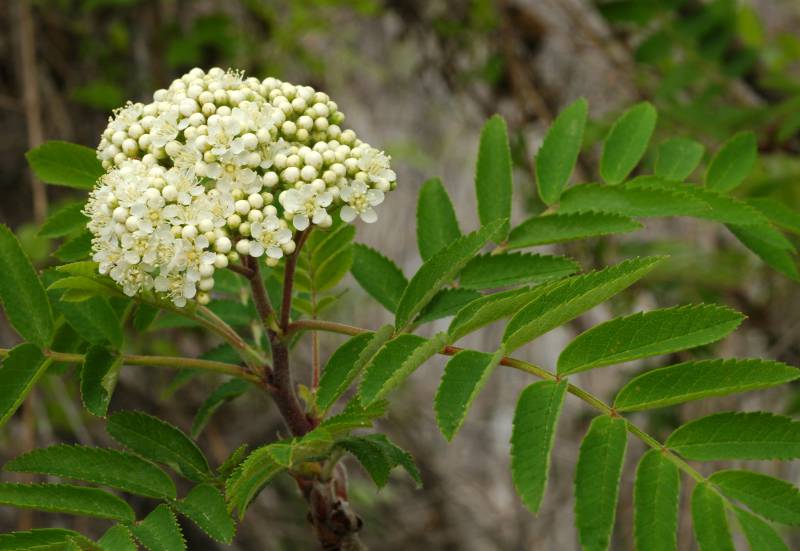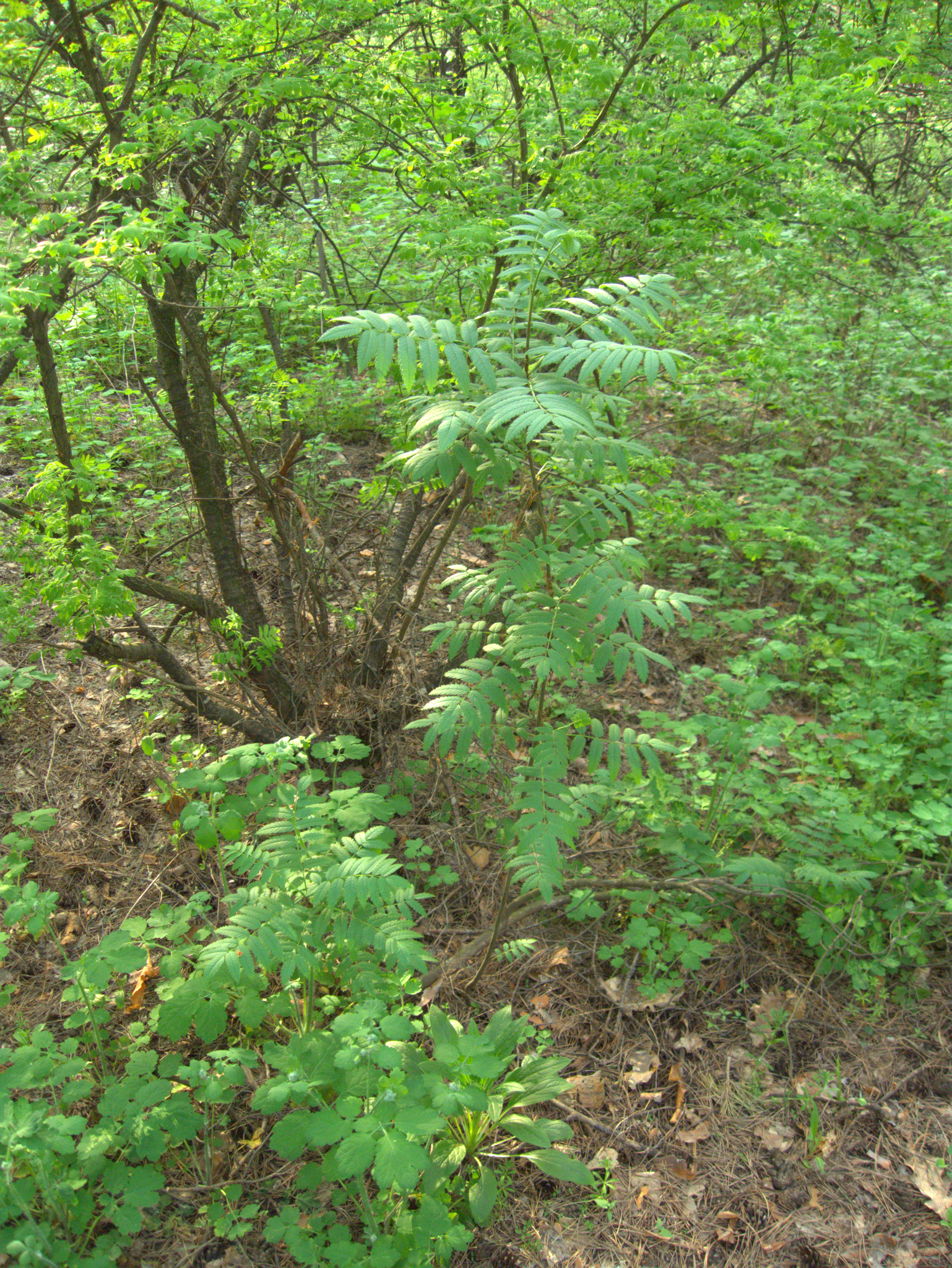European mountain-ash identification and control
Information about the invasive weed European mountain-ash. European mountain-ash is also known by its Latin name, Sorbus aucuparia.
About this weed
European mountain-ash is designated as a weed of concern in King County and is on the monitor list of the Washington State Noxious Weed Control Board. This means control is not required, but is recommended, and new plantings are discouraged.
European mountain-ash is known as Sorbus aucuparia and it is in the rose family. It is also called “Rowan”.

Why it's a problem
European mountain-ash has escaped ornamental plantings and spread into natural woodlands and urban forests. Birds spread thousands of seeds from each plant which grow rapidly, crowding out native vegetation. It is considered invasive in Illinois, Iowa, Maine, Minnesota, Oregon, Washington and Wisconsin. Control is recommended near protected natural resources or as part of a stewardship plan.
Plant description
European mountain-ash is a small, deciduous (plant that loses its leaves annually) tree native to Eurasia. It grows 15 to 40 feet tall and has gray bark with spreading branches. Young growth has soft, gray hairs.
Leaves are divided into 11-15 leaflets (pinnately compound) that are oval to narrow, pointed, with toothed leaf edges. Fruits are red to orange-red and hang down in bunches. They are eaten by birds, which then disperse the seeds.
Flowers are white with 5 rounded petals and are in a large, flat-topped cluster (panicle). Sepals (leaflike flower part that encloses/supports the petals) are hairy, fused at the base into a cone, and persist after fruiting.



Be aware of look-alike plants
European mountain-ash (Sorbus aucuparia) can be confused with the very similar native species of mountain-ash often found in the mountains of Washington state. The two native mountain-ash species are:
Both are generally more shrub-like than the European species, but when plants are young it can be difficult to distinguish them.
When in doubt, take photos and share them with us or report them on iNaturalist.
What to do if you find it
The King County Noxious Weed Control Board encourages property owners to remove European mountain-ash where possible and avoid introducing it to new landscapes. We can provide advice on how to control it, but property owners in King County are not required to do so.
Control methods
In areas with few weeds, it is important to act quickly before they become harder to control. Make a long-term plan as it often takes several years to get rid of most weeds. Start in the least infested areas first and then move into more heavily infested areas. To reduce costs and environmental impacts, please consider a combination of methods.
Manual control
Young seedlings and saplings can be dug out or pulled from loose soil with a weed wrench. Weed wrenches and other tools can be borrowed from Tool Libraries [LINK: Tool libraries – where people can bring various items and help each other fix them – from King County's EcoConsumer website - King County Solid Waste Division - King County] in the region.
Chemical control
Cut stems and apply herbicide to manage suckers (fresh sprouts from root system). EZ Ject Lance is effective for trees larger than 2 inches in diameter. Always read herbicide labels and follow state and local regulations.

 Translate
Translate